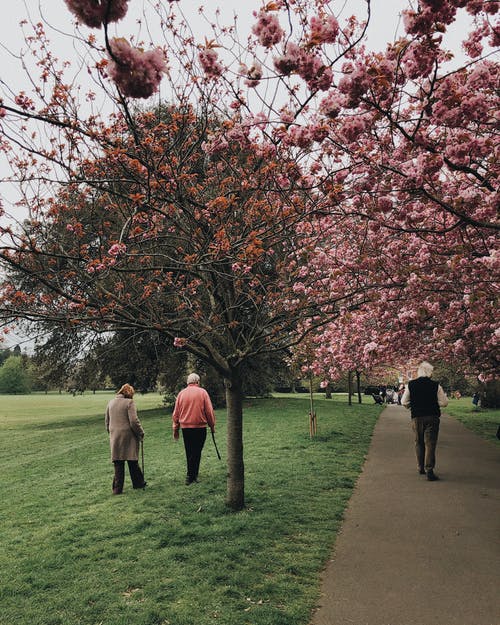Taking the plunge into retirement or semi-retirement can be daunting enough without making the choice to move into a new home at the same time. But many people age 55 and above are choosing to leave their high maintenance or too large family home to move into active adult communities, which are restricted to households with at least one member age 55 and older.
According to the 2005 Senior Sentiment Survey conducted by Financial Freedom, the nations largest reverse mortgage lender, the number one reason older adults choose to move into a retirement community is safety. Fifty-four percent of the survey, which included younger seniors age 62-75, said they feel safer in a planned community. Other reasons given for moving into an active adult community include the desire to be with people their own age, the amenities and services provided and the lack of daily demands of owning a home. Most active adult communities feature low-maintenance homes, and usually lawn mowing and snow removal are included in the community fees.
Making the decision to sell the family home and move into a new community requires couples or singles to determine when they want to move, where they want to move and how much they can afford to spend. Active adult communities, which used to be found primarily in the Sun Belt states such as Arizona and Florida, are rapidly growing in popularity all across the nation. Seniors are often choosing to move into retirement communities close to home so that they can be near family and friends, rather than moving out of state. Builders are aware of this and have begun developing active adult communities in every part of the country.
An Internet search can provide a list of hundreds of active adult communities around the country. To narrow the search, older couples and singles should begin by determining whether they want to stay in their home state, look at nearby states or move farther away. In addition to considering the importance of proximity to family or friends when deciding on a retirement location, seniors may want to think about the climate they wish to live in and whether they want to live in or near a city or a smaller town with cultural amenities. For some older adults, owning a home on a golf course, near lakes and rivers for fishing or within driving distance of the ocean is more important. For others, the ability to drive to a city or resort area for short weekends is important.
Obviously, seniors who still intend to work full-time or part-time need to stay within commuting distance of the office, but even seniors who are retired need to spend time discussing lifestyle plans with their spouses. Many seniors choose to take on a new part-time job or do volunteer work in an area of interest. Others want to pursue education in a new field. In any of these scenarios, the location of the new home must be within access of a college or university, a place to pursue volunteer interests and work locations.
Transportation needs are just one of the many considerations which can change over time. According to the National Association of Home Builders (NAHB), the average age of buyers in active adult communities has dropped over the past ten years from 67 to 61. Younger seniors are usually driving, extending their careers, and are more physically and socially active. As they age, their needs change and they may no longer be able to drive, so public transportation or services provided by the active adult community should be investigated.
Younger seniors, according to the NAHB, dont like to think of themselves as seniors. But they do want their homes to incorporate what are known as universal design features which provide easier accessibility if mobility becomes a problem. Buyers in active adult communities should ask their builders if they have included universal design in their homes and if there are optional features which can enhance future accessibility problems. Universal design elements include raising electrical outlets, lowering light switches and replacing them with rocker switches, using lever handles instead of doorknobs, widening doorways and placing a seat in the shower. Most of these features are appealing to buyers of all ages and they can make it easier to convert a home to accommodate a wheelchair if this should become necessary.
Buyers in active adult communities need to determine when a home will actually be ready for them to move in, as in some developments it can take ten months to a year or more before their home is ready. In addition, if planned amenities such as clubhouse, fitness center or golf course are important, it would be wise to make certain these amenities will be completed as soon as possible. Some developments provide these amenities only after most of the homes have been completed, which could mean a long wait for the first group of residents.
Doing the research on all these topics can help any active adult make the right decision about buying a new home.
